PostTime:1/8/2019
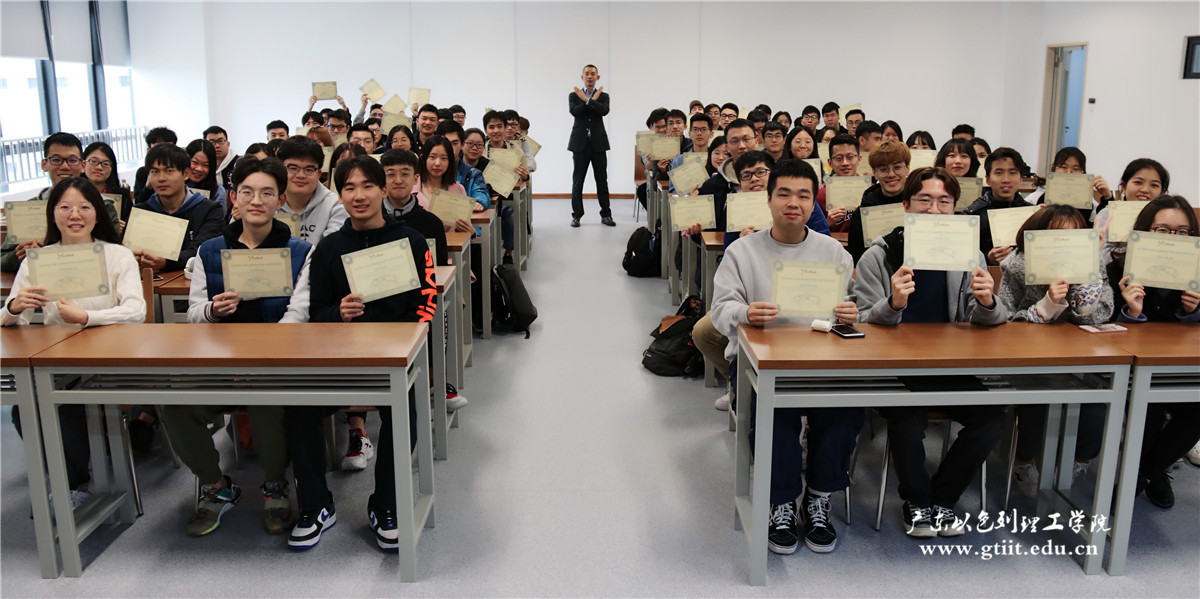
The opportunity for today's scientists and engineers to launch their own technologically-focused businesses has never been greater. There is nothing quite like taking an innovative idea, and carrying it through all the stages of commercialization; yet with all this opportunity, most engineers are never exposed to the underlying principles associated with creating a successful business venture.
Since the first entrepreneurship course at Harvard Business School was delivered in 1947, entrepreneurship education programs in higher education have grown rapidly and globally, but can entrepreneurship be taught? This is an age-old question! The good news is that much of the recent research has come to the conclusion that while there are several elements that can be taught to enhance the knowledge and success of entrepreneurs, entrepreneurship is something one can learn only by doing. Thus, a new debate has recently taken on urgency to whether entrepreneurship education can affect entrepreneurial behavior.
The legitimacy of entrepreneurship education depends to a large extent on the ability of educators to define pedagogies, methods, and theoretical tools to explain and evaluate entrepreneurial activities. In other words, teaching how to write a business plan is not enough. Instead, the aim should be to unleash the entrepreneurial spirit of students and to cultivate a mindset of practice. Thus, entrepreneurship education has now moved beyond knowing and understanding to applying otherwise theoretical concepts to the real world. This enables students to actively exploit opportunities that are imagined, shaped, and created in an entrepreneurial process.
Why is the entrepreneurship course a mandatory class for GTIIT students? For one, students participating in entrepreneurship education demonstrate an increase in attitudes and perceived behavioral control (by bridging the knowing-doing gap). Furthermore, they have higher entrepreneurial intentions at the end of the program. Inspired by Technion's success and Cornell Tech's innovative method, Entrepreneurship education at GTIIT emphasizes increasing the antecedents of intention-to-behavior transition – it means teaching a way of thinking and acting built on a set of assumptions using a portfolio of practices to encourage creating. This approach forces students to go beyond understanding, knowing, and talking. It requires using, applying, and acting. Our goal is to focus on syntheses that encourages: design cognition, competence building, and the practice of experimentation. As we drew closure to the end of the semester, here are some of the highlights from GTIIT's entrepreneurship class in Fall 2018.
Design cognition
Entrepreneurship education is a key beneficiary of design thinking's recent momentum. Interestingly, both designers and entrepreneurs create opportunities for innovation in products, services, processes, and business models. More specifically, both design thinking and entrepreneurship education encourage individuals to look at the world with fresh eyes, as it creates hypotheses to explain the designers’ surroundings and desired futures. These combines forces then push students to adopt cognitive acts to reduce the psychological uncertainty associated with ambiguous situations. As part of the entrepreneurship course, we elaborated on a fundamental theme in which the integration of design cognition provides the greatest value: opportunity discovery. GTIIT Entrepreneurship students worked along with Cheung Kong Industrial Design Center students in six teams, as part of the week-long Sino-German industrial design workshop with structured curriculums to enhance potential for interdisciplinary interactions, which was led by Prof. Haoyu Li, the results? Six exciting prototype ready products co-created marrying engineering and design talents.


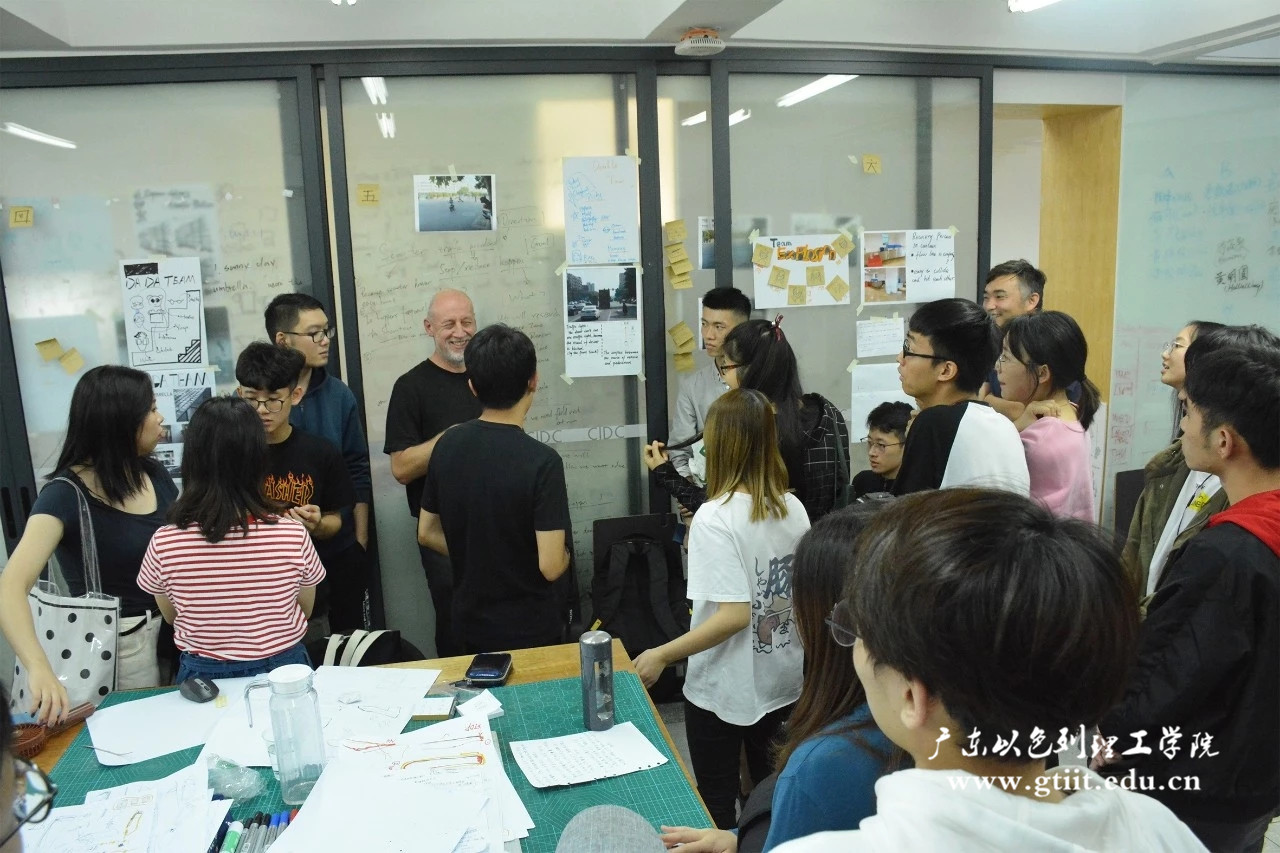
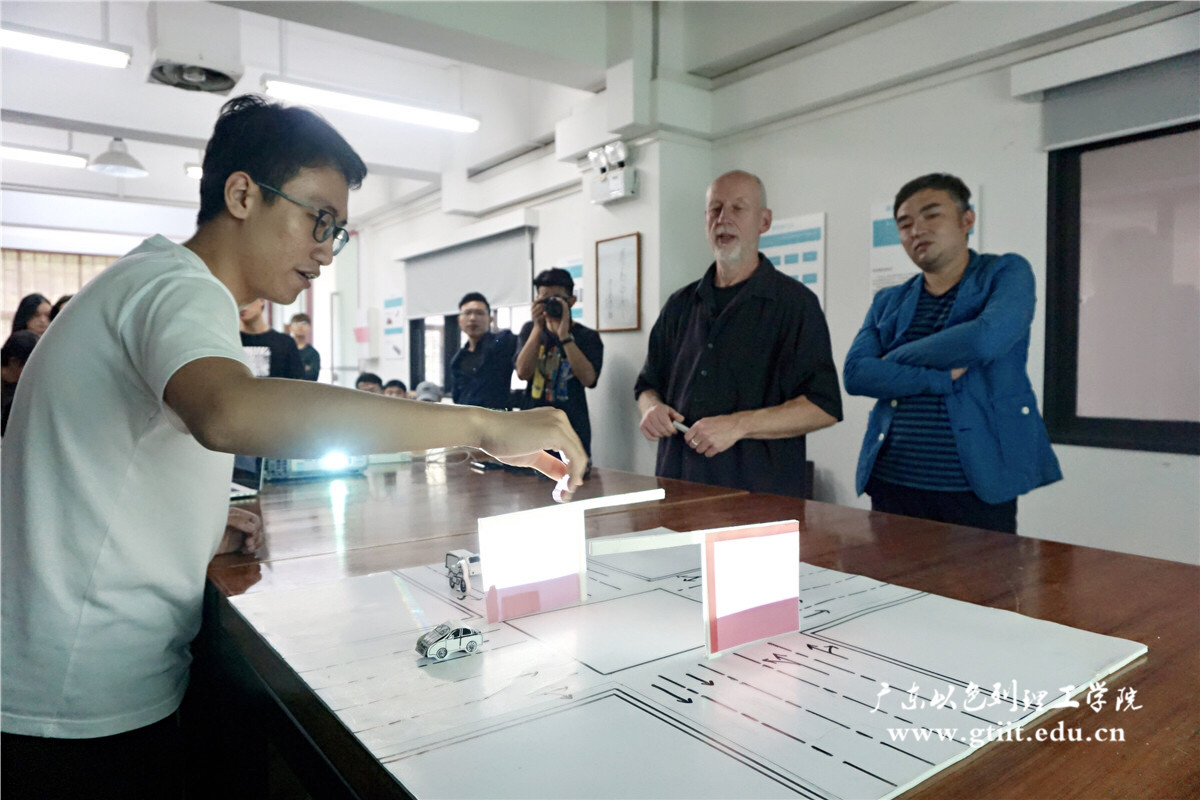
Competence building through action learning
As an engineering school, beyond foundational technical skills and know-how, students' soft skills – such as leadership skills, team work, and cross-cultural communication, etc. are considered equally important and mutually complementary, we integrated competence building as part of the learning experience through enrolling students in the X-culture project – the world's largest international collaborative learning project. Over the course of one semester, GTIIT students, worked alongside more than 5,000 students from 110 leading universities from 40 countries on 6 continents, organized in diverse teams. These diverse student teams then worked on creating an international business plan or conducted an international consulting project presented by corporate partners such as Mercedes Benz Group, or UPS. Many students voiced appreciation for the opportunity to cooperate with students of different backgrounds. Broadening student perspectives was an essential component of the course, and the X-culture project improved their understanding of both technology and business in today's globalized environment.
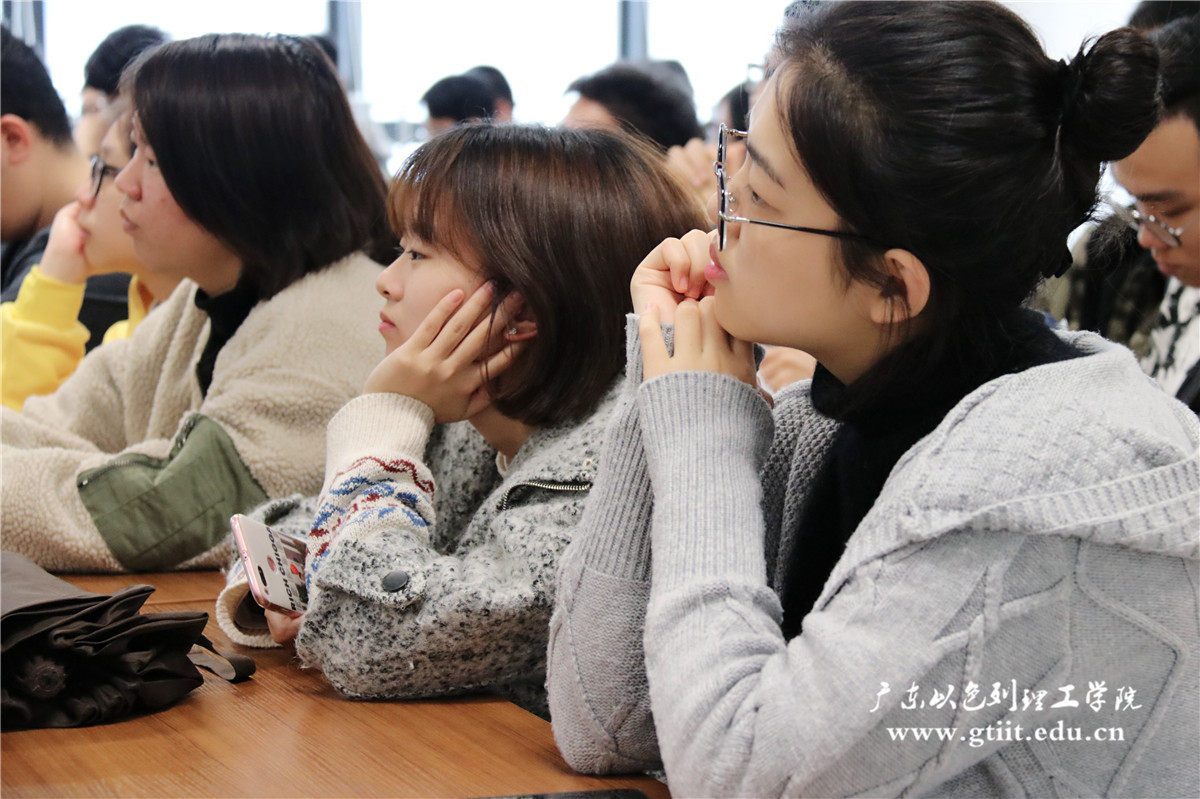
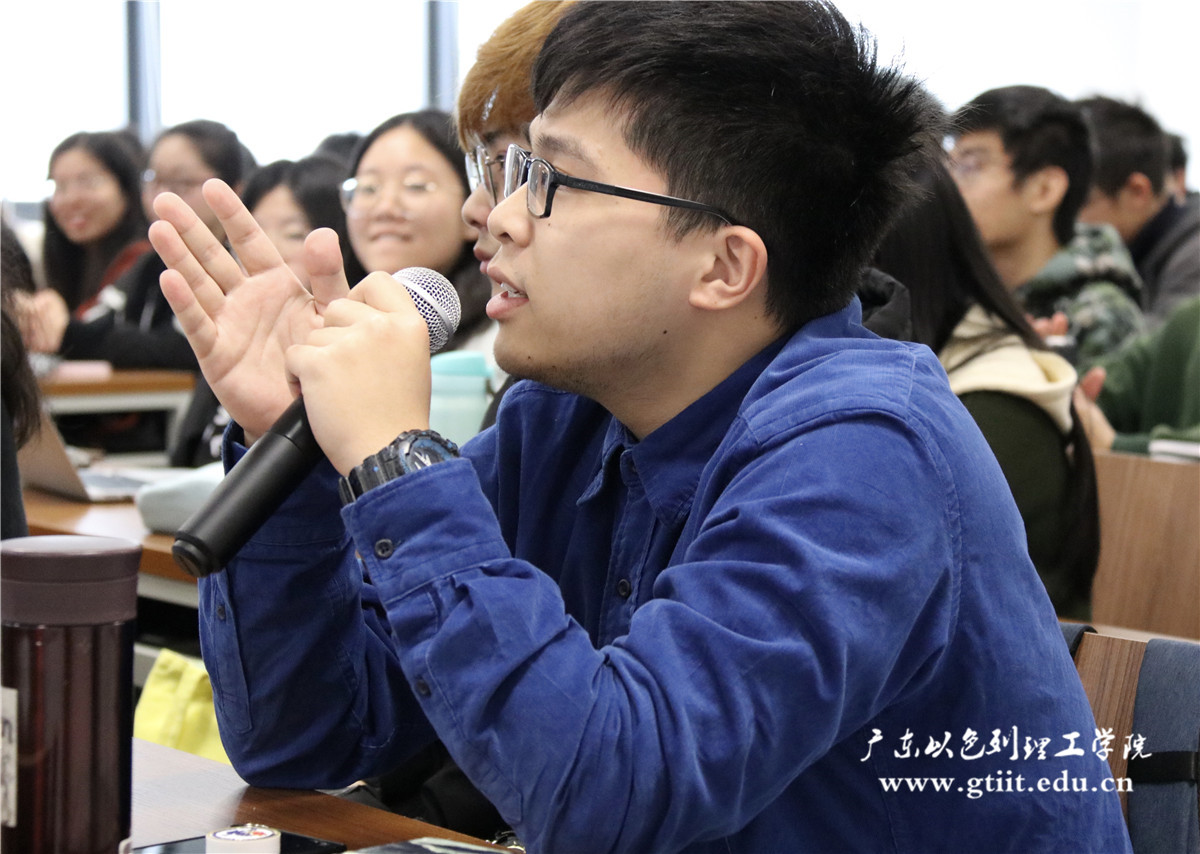
Opportunity discovery is not a single-person and single-insight attribution, but rather the result of a process in which a set of unitary, distinct events lead to the emergence of a pattern. This is particularly relevant in technology entrepreneurship, and the basis of the course are the technologies which make up many students' projects. Over 10 GTIIT faculty members offered their expertise to serve as advisors to student teams for their business plan project, and students benefited from learning the process of experimentation – turning research ideas into potential (or commercialized) products. The experimentation process didn't just stop there, students were invited to present their business plan ideas in front of a real investor panel, thanks to Run Accelerator by China Resources Group, valuable feedback and criticism facilitated their first trial run into the market place.

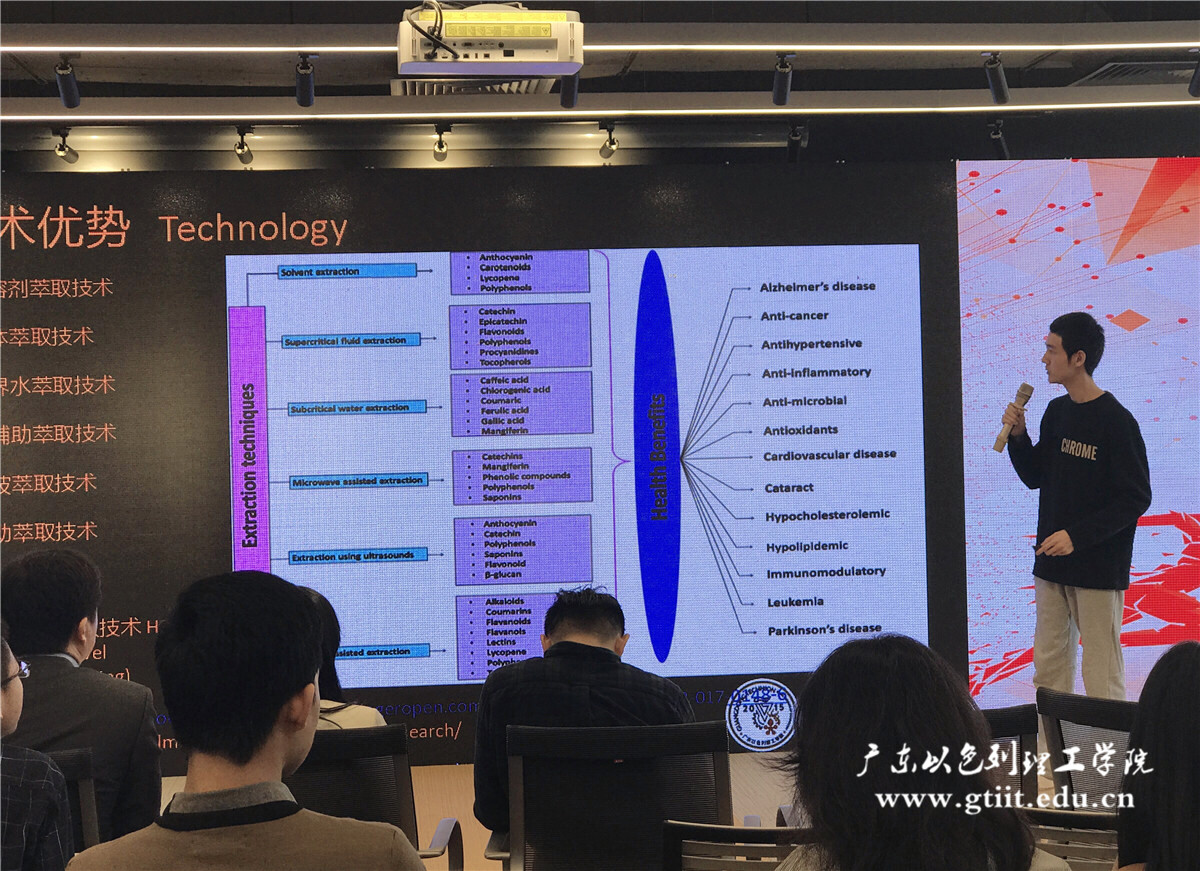

Victor Zengyu Huang manage GTIIT's industry relations portfolio, he previously taught entrepreneurship in the US, Europe and the Middle East for over 10 years, he was a member of the global entrepreneurship monitor consortium, and his academic writings have appeared in leading outlets such as the Journal of Management, Academy of Management Learning & Education, Journal of Business Venturing, etc.
Text by Victor Zengyu Huang
Photos by Cheung Kong Industrial Design Center, GTIIT News & Public Affairs, Constance Van Horne
© GUANGDONG TECHNION-ISRAEL INSTITUTE OF TECHNOLOGY | 粤ICP备17036470号
